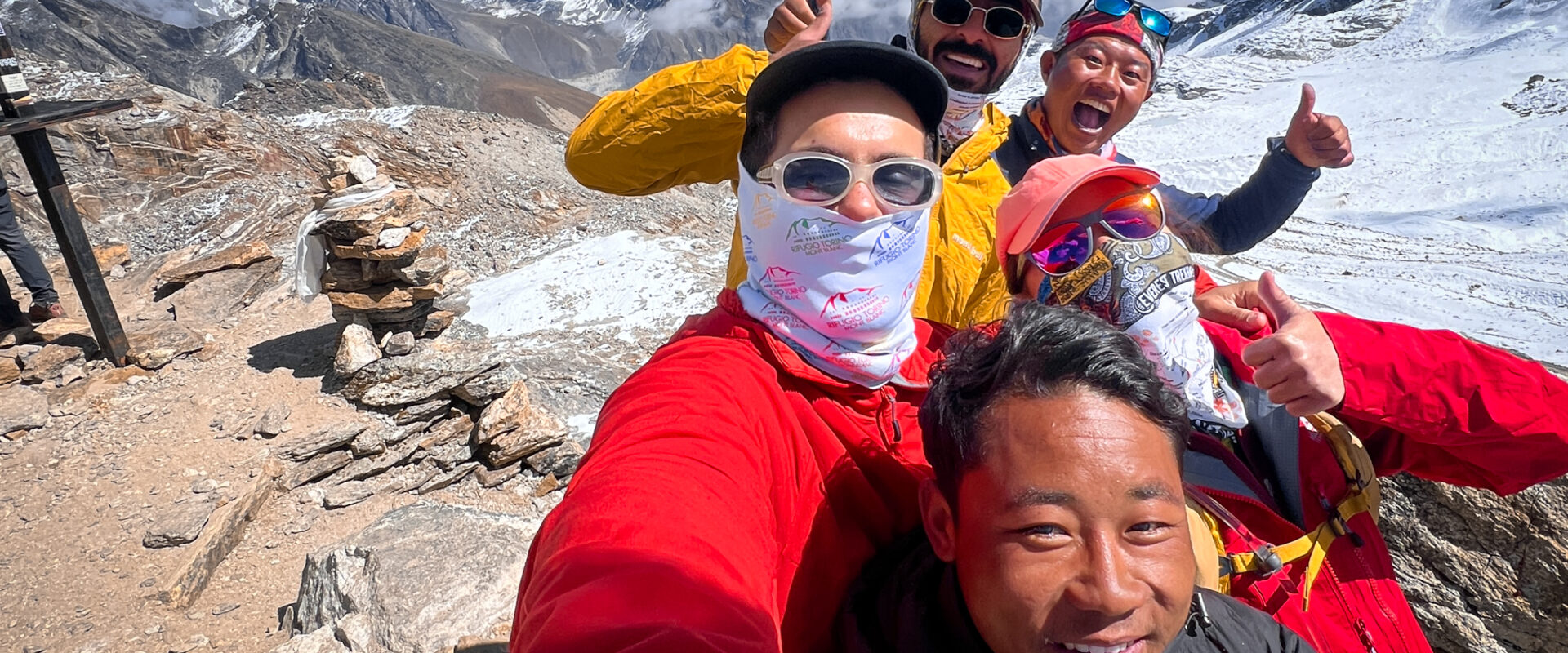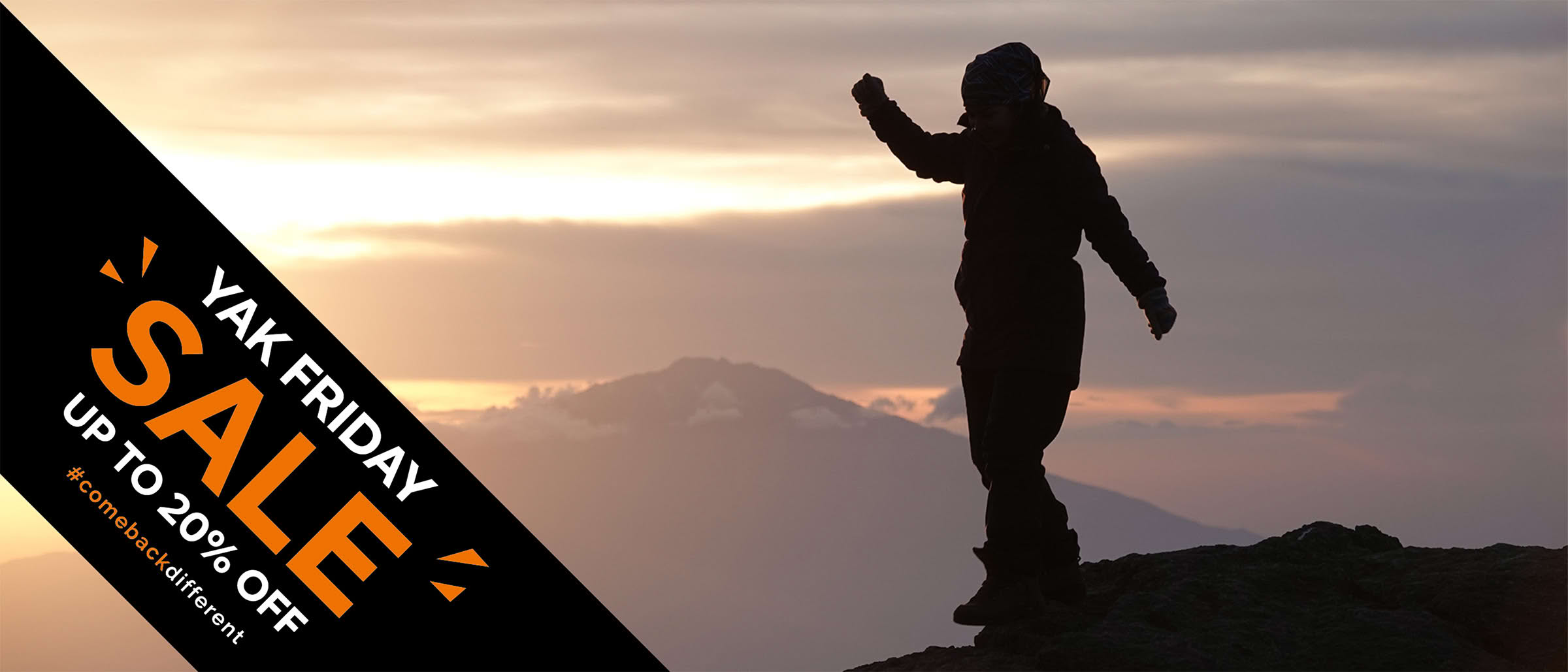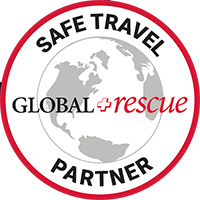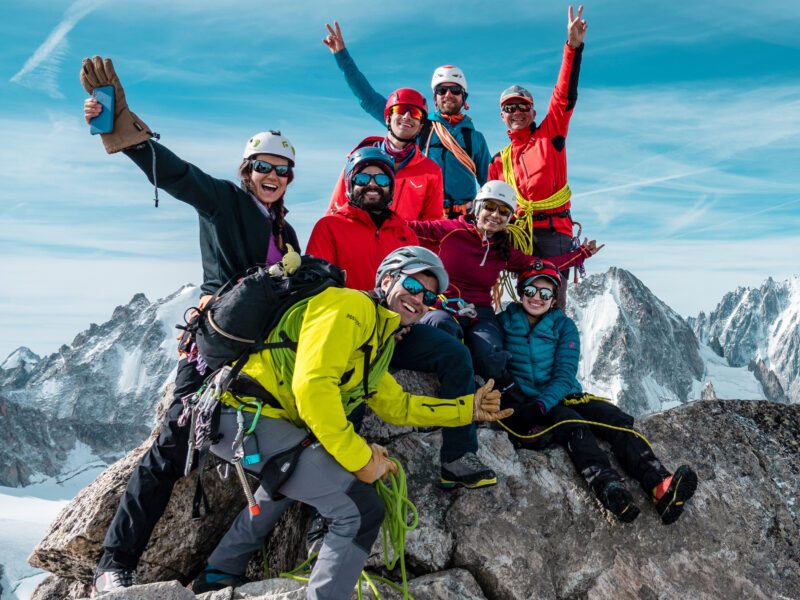BY Hazem El Shamy | August 15 2025
How to Trek to Gokyo Lakes

The Gokyo Lakes Trek is one of Nepal’s most stunning adventures, leading you through the heart of the Khumbu region to a chain of turquoise lakes set against towering Himalayan peaks. It’s an alternative to the Everest Base Camp Trek, offering quieter trails, unique viewpoints, and a sense of remoteness that’s hard to find elsewhere in the Everest region.
Understanding the Route
Most treks to Gokyo Lakes begin with a flight from Kathmandu to Lukla, the gateway to the Khumbu. From there, the route follows the Dudh Kosi River valley, passing through charming Sherpa villages like Phakding and Namche Bazaar. After acclimatising in Namche, the trail heads north-west towards Dole and Machhermo before reaching the village of Gokyo.
Along the way, you’ll experience dramatic changes in landscape: from lush forests to alpine meadows and finally the rocky, glacier-fed terrain surrounding the lakes.
Acclimatisation and Timing
The Gokyo region sits at high altitude, with Gokyo village at around 4,790 metres. Proper acclimatisation is essential to avoid altitude sickness. Most trekkers take at least two weeks for the journey, allowing time for rest days and gradual ascent.
The best seasons are pre-monsoon (March to May) and post-monsoon (late September to November), when skies are clear, temperatures are manageable, and mountain views are at their best.
The Highlights
The turquoise waters of the Gokyo Lakes are the centrepiece, but the trek offers much more. The climb to Gokyo Ri, a nearby peak, rewards you with one of the finest panoramic views in the Himalayas. From here, you can see Everest, Lhotse, Makalu, and Cho Oyu in a single sweep.
The Ngozumpa Glacier, the longest in Nepal, stretches into the valley below. You’ll walk alongside its moraine and hear the ice crack and shift—a reminder of the raw power of the mountains.
What to Expect
Lodges along the trail are simple but welcoming, offering warm meals, a bed, and the chance to meet fellow trekkers from around the world. The path is less crowded than the main Everest route, giving you more space to soak in the silence and grandeur of the Khumbu.
Daily walking times range from four to seven hours, with some steep ascents. Good fitness and a love for long days outdoors are all you really need.
Preparing for the Trek
Pack light but wisely—warm layers, a good sleeping bag, and sturdy trekking boots are essential. Consider hiring a local guide or porter for both safety and insight into the region’s culture. Most importantly, approach the trek with patience. The pace of the mountains is slower, and that’s part of their charm.
About The Author
Hazem is an avid high altitude mountaineer and adventurer that has helped lead hundreds of climbers to summits across the Himalayas, Andes, Atlas, and Caucus mountain ranges. He believes that inspiration is best served on a sharp ridge 6000 meters up in the sky, and is committed to making big mountain goals more achievable to the everyday climber.
About Life Happens Outdoors
At Life Happens Outdoors, we believe in the power of nature to transform lives. As proud members of the Adventure Travel Trade Association (ATTA) and the World Travel & Tourism Council (WTTC), our team of certified guides and outdoor professionals is committed to the highest standards of safety, sustainability, and excellence.
Discover more about our story and mission on our Meet LHO page, or explore our curated adventures such as the Tour du Mont Blanc Trek, the Climb of Kilimanjaro, and Chasing the Northern Lights.















